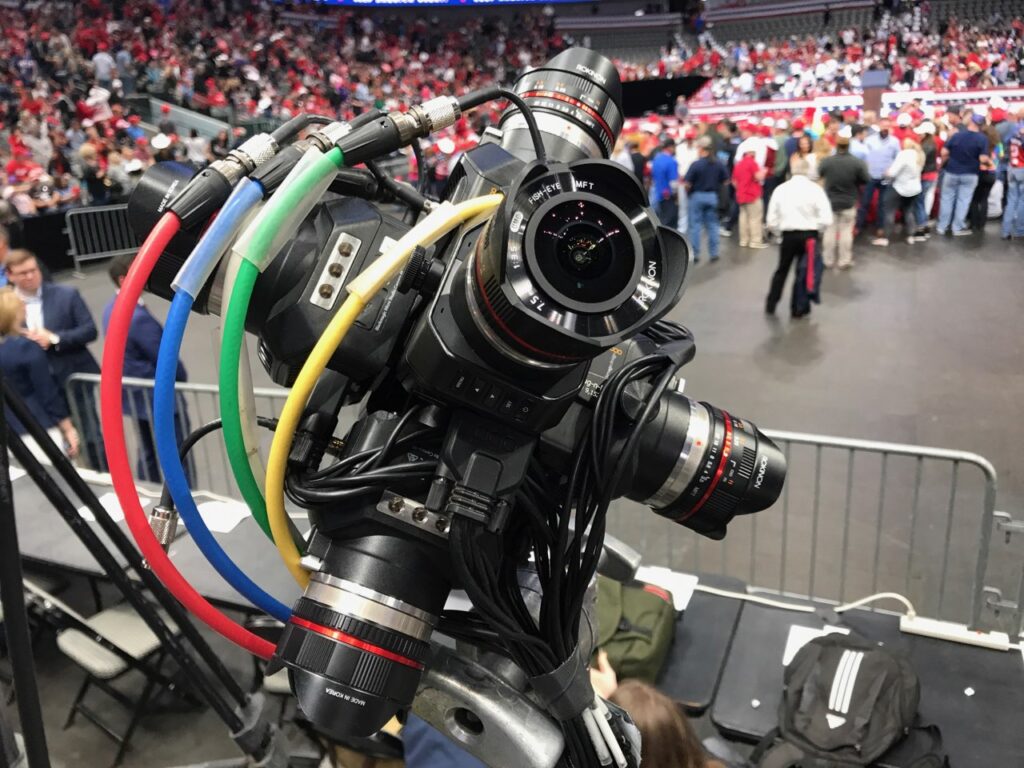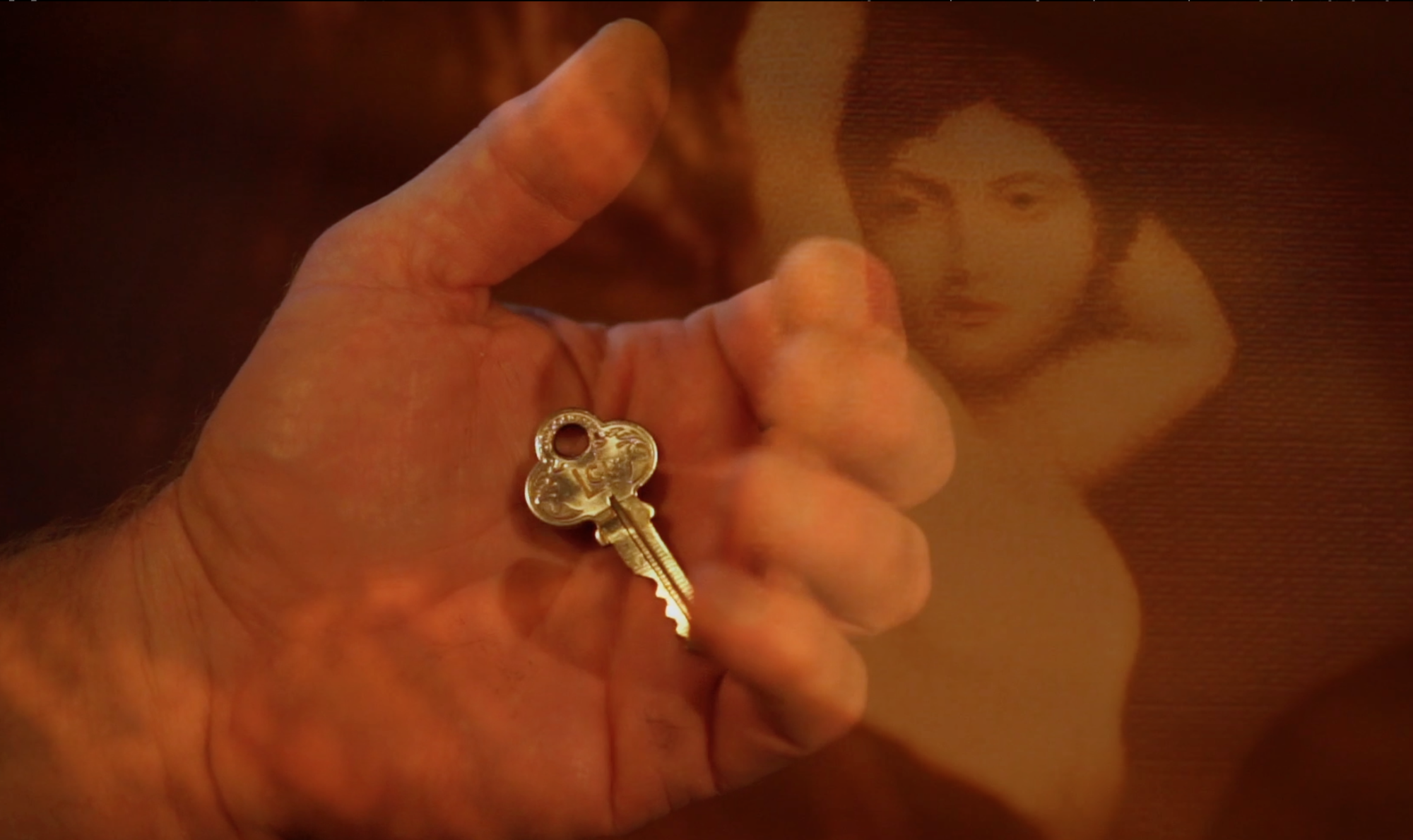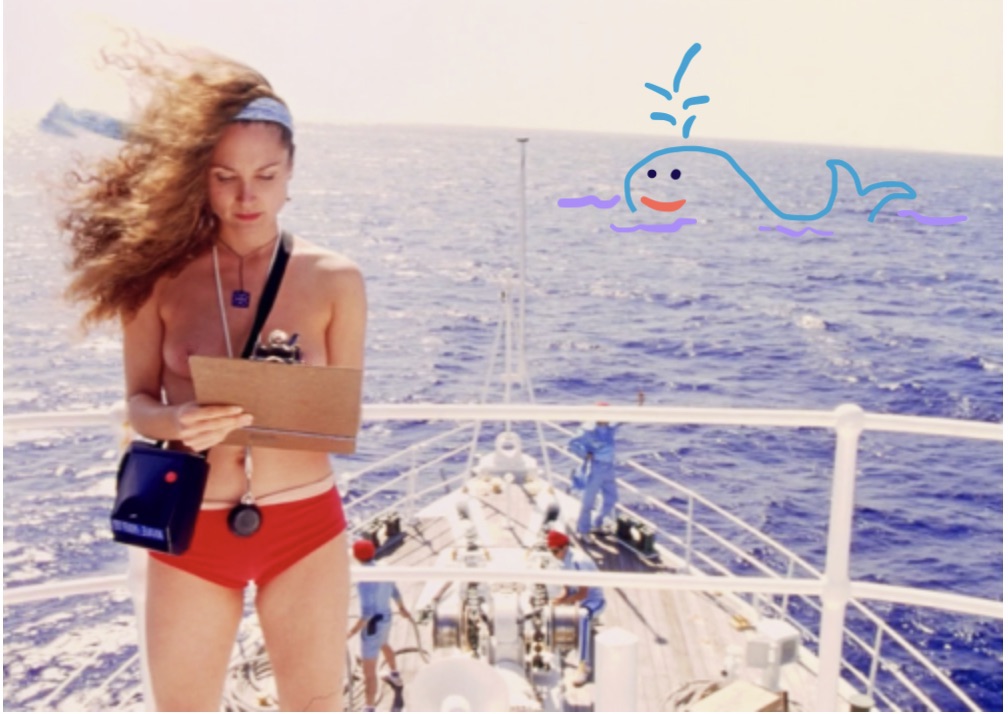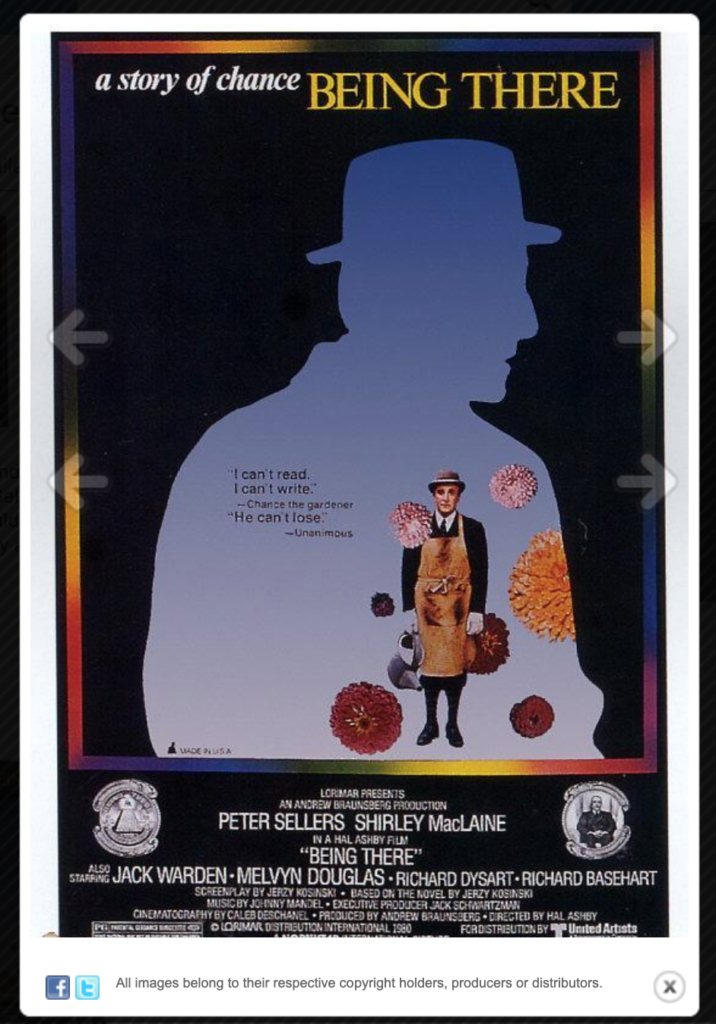How Technology Effects Script Supervising

A hammer can be used to build or to destroy; it’s in the application. Technology is a tool.
The on set kit bag for the Script Supervisor of yore consisted simply of a stopwatch, pencil, perhaps a colored pencil or pen, and a ruler, for notating on a paper script. The notes were quite important, as was being present on set for corrections, suggestions, and touches to flesh out the story, working shoulder to shoulder with Directors, Actors and Crew. Much information was stored in the Script Supervisor’s head, as memory for matching, or formulas to assess if enough film was in the camera for another take. Because every frame of actual film costs money to print, care was put into every shot.
With Polaroid cameras, continuity pictures became part of the toolset as a visual double-check of wardrobe, hair/ make up, and settings. That shifted to digital still cameras and thus added the digital photo printer to our gear (and added the extra time to print pictures out!). Eventually that drifted into the digital cameras being replaced by phones, and continuity pictures often just taken off the monitor.
As film systems became more digitized so did the Script Supervising workflow, using special software and apps with electronic scripts and forms on our laptops and tablets. Now the formats can be more homogenized (ScriptE or Skarrat anyone?), perhaps more convenient for some who want those notes before the word “wrap” is completely uttered. Even though they may not look at them once the notes are loaded into the editing system. And don’t forget the charging cables and back up batteries, and stands and tables for the machines.
This kit bag is getting heavy!
But external pop-off screen grabs are passé, with converters and down loaders the actual camera footage can be streamed to the Script Sup’s electronic device, and direct screen shots taken from there, to be folded into the script notes. So Script Sup doesn’t even have to sit by the monitors. Now we can capture whole takes, free flowing series of takes that go on and on to replay for the Director to decide what he wanted to match to. And all the dailies can be down loaded too. The expectation, or pressure, to use this ability, along with the blurring of DITs obligations to pull up takes, despite Union rules, make the original Video Assist job passé as well.
Wait what’s happening here? More and different work with the technology, making this feel like a chase rather than a craft.
By now there are 2 to 3 cameras minimum filming simultaneously, perhaps a GoPro or 2 tucked in somewhere for a specific “cool” shot. Oh no! What if the boom dipped into frame, or a camera panned off set into a light, or that prop didn’t land quite where we wanted it too! Don’t reset, just fix it in Post.
And while Post is at it, make that 70 year old Actor look young for a flashback, even if she is now deceased. And with digital mapping who really needs the Actor anyway, and the animated films are no longer cartoons but strive to become photorealistic, so that someday there will be no need for a “set” and no need for on set crew any longer. Progress.
Progress?
Rant complete, thank you.


